Eurocom Monster 1.0: Clevo's Little Monster
by Vivek Gowri on May 18, 2012 4:55 AM EST- Posted in
- Laptops
- Clevo
- Eurocom
- Ivy Bridge
- Kepler
Everything But the Kitchen Sink?
While the internal hardware is basically second to none, I have mixed feelings about the Monster from a device hardware standpoint. Clevo has never been mistaken for a design powerhouse, and the Monster does nothing to change that. Like most other Clevo notebooks, the design is a bit staid. It’s inoffensive, but relatively boring. The word that comes to mind is generic. In stark contrast to the heavily design-centric ultrabooks coming out these days, it’s a bit jarring. Obviously, the form factor isn’t conducive to a sleek and beautiful design, but even so, there aren’t any distinguishing characteristics to the design in general.
The chassis is constructed primarily of plastic, with a rubberized soft-touch finish on the interior and lid. There’s a square patterning on the palmrest, touchpad, and lid, giving all the surfaces you touch a subtle texture that feels nice to the touch. It feels pretty solid, no creaks or anything of the sort, and the lid is pretty resistant to torsion. It’s a pretty chunky laptop, and it’s built to match. I wouldn’t necessarily say it’s rugged or tough in the same way as a ThinkPad, but this is a notebook that can take some abuse, something you can toss around without being afraid of scratching or denting.
From a form factor standpoint, the Monster is pretty interestingly situated. It has a smaller footprint than the M11x (the W110ER comes in at a quarter of an inch wider but almost an inch less deep), though a little bit thicker. The LCD bezel is thankfully not nearly as large or as distracting as the one on the M11x, but a major complaint we had with the smallest Alienware was that it had a chassis large enough to accommodate a bigger screen; that holds true for the W110ER as well. While a 13.3” screen would have required too many dimensional changes to fit (unlike the M11x, which already had the depth to fit a 13” screen), a 12.5” screen could easily fit within a slightly widened chassis (see the 12.5” Samsung Series 3 or ThinkPad X220 at 11.75” and 12.0” wide, respectively). The 1.8kg/3.95lb weight is roughly where one would expect, heavier than Sony’s 13” SA-series but a half pound lighter than the outgoing M11x R3. Considering the computing prowess on tap here, the weight and thickness are small sacrifices to make. Still, it would be nice if the next person to make a notebook in this vein would drop the pretense of a gaming 11.6” ‘ultraportable’ and spec a screen that fit the chassis better.
The thickness actually makes a surprising difference. There’s a steep taper near the front of the notebook that allows Eurocom to quote 0.51” at thinnest point, but it’s basically 1.25-1.5” thick through most of the body. Hilariously, it’s more than twice as thick as the ASUS Zenbook UX21. Compared to ultrabooks and even newer non-ultrabook thin and lights, this feels like a notebook from a different era. Specifically, it reminds me a lot of the 12-13” notebooks from around five years ago—Dell’s XPS M1210, the ASUS W5F and W7J/W7S (a notebook that I have a lot of affection for), even the Lenovo V100 and MSI S262. Note that all of these systems came out with Core Duo processors (and were later upgraded to Merom), so we’re talking the early-mid 2006 timeframe. Alienware had a similarly chunky system in the M11x, but it had styling and details that made it look and feel like a modern system, and the design language made it instantly recognizable as an Alienware. The Monster simply lacks that distinctive characteristic.
OriginPC offers a custom lid design with their W110ER (called the EON11-S), a sleek looking part that’s actually very reminiscent of the M11x lid. They offer it in matte black, matte red, or glossy metallic silver, and based on the pictures, it seems like a nice improvement over the stock lid. However, it’s worth noting that the EON11-S is more expensive than Eurocom’s Monster and doesn’t offer the upgraded screen as an option either (at least not at the time of writing).
Looking around the Monster, we see a healthy allocation of ports—Gigabit LAN, VGA, HDMI, headphone/mic, and two USB 3.0 ports on the left side, along with a USB 2.0 and the AC port on the right. The left side also has a large vent, while the back is dominated by the removable 62Wh battery. The front has notification LEDs for power, battery, and disk usage but is otherwise clean. The Synaptics touchpad works as expected and features multitouch gestures and scrolling—two finger scroll works well, and the presence of physical mouse buttons is a relief.
The most offensive part of the design is actually the keyboard, which has slightly shrunken keys and a layout designed to confuse and frustrate. The entire right-hand side feels truncated, with the forward slash and right shift keys narrower than normal and the arrow keys also narrow (but still full height). For reasons I cannot fathom, there is a second Fn key on the right hand side, located just above the right arrow key. Page up/down and home/end both exist only in the land of Fn keys, and the Esc key is also oddly small. Safe to say, I’m not a fan. The downsized keys don’t bother me much at all, though I suspect that a larger guy like Jarred would probably curse the keyboard anytime he had to use it. On the bright side, the keypresses are positive, with a decent amount of travel in the z-direction, and there's a pleasing lack of flex in the keyboard overall. Once you get used to the layout of the secondary keys, it's a decent keyboard.


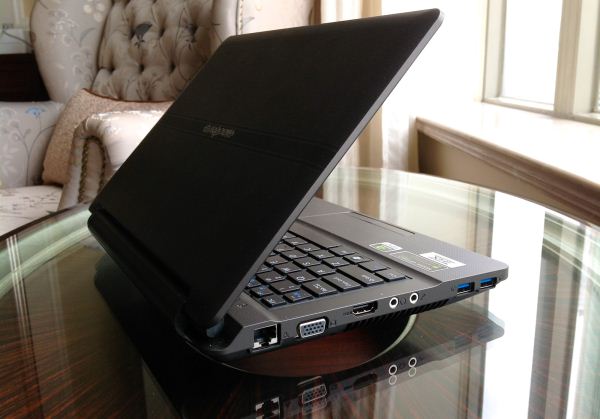






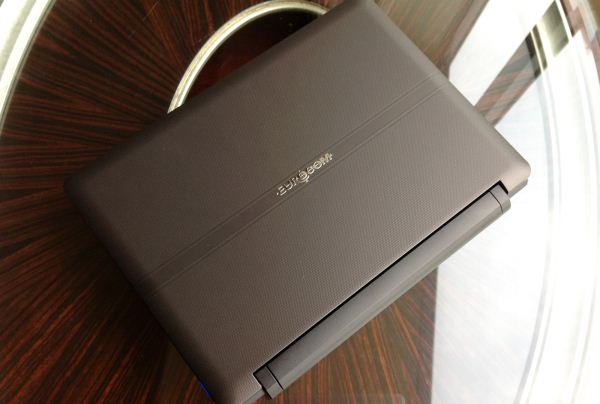
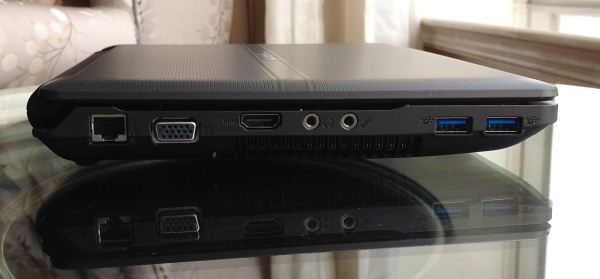
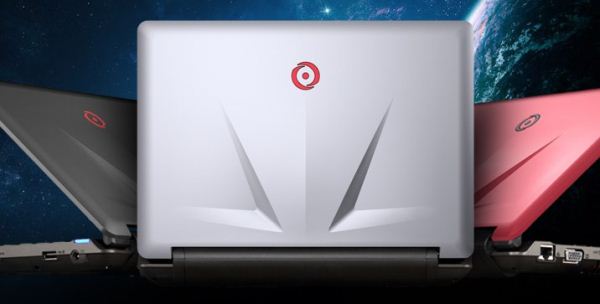
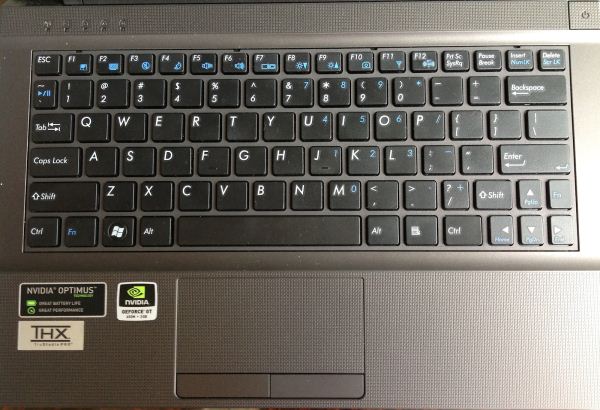








47 Comments
View All Comments
ijozic - Tuesday, May 22, 2012 - link
Yes, I remember it (and the purple-ish tiger stripes on the lid?) as I was seriously considering it at the time (and the M1330). I bought neither because of the manufacturing flaw those GPUs had. Then I decided to go for a small portable + workstation combo to have both the battery life and the business performance (Acer 1810TZ and Dell M6400). The M6400, the charger and the backpack are so heavy that carrying the Acer as well doesn't make a big difference (extra 1.5 kg).ijozic - Tuesday, May 22, 2012 - link
Actually, I did find the P300 in some shop like a year later (might have bought it to compensate for the time spent wanting it), but it was still at full price and was rather outdated by that time.I also remember wanting to buy that Fujitsu Siemens with an ATI external card (Sa 3650), but when I saw it in shop, the case was made from some tacky glossy white plastic and the whole thing was rather thick).
yhselp - Wednesday, May 23, 2012 - link
Not only carrying a DTR but another laptop as well - more power to you, mate! That's truly amusing for some reason. There was this guy from the institute that used to lug around (probably still does) 15 pounds of tech, he said it didn't really bother him.I remember there was a website that offered the LG P300 initially, seemed a bit murky but people were happy so nothing wrong with that.
That Fujitsu with the external GPU was very quirky, wasn't it? If I'm not mistaken, initially you could only use the dGPU with a monitor; when they enabled using the built-in display it didn't seem to work very well - there were all sorts of artifacts and anomalies on-screen. Poor overall quality couldn't have helped either.
SodaAnt - Saturday, May 19, 2012 - link
I'm just curious what the battery life would look life it you tried to go for full power saving instead. I'd think that the HD4000 would be enough for many 720P gaming tasks, and I'd think you might get reasonable battery life out of it if you tried.yhselp - Sunday, May 20, 2012 - link
I absolutely agree - there hasn't been much choice when it comes to a gaming-able portable system; and, yes, the M11x is the only one that capitalizes on that. I actually know a marketing exec (not consumer electronics) who is a fan of Dell and uses an M11x as his business portable, despite not doing any gaming - he just thinks it's cool. The price - again, I agree - it's what salvages the whole thing, $799 for the Core 2/335M was a good deal. The Core i ramped up prices, but it never got too high. Price always plays a major role - just take a look at the M14x and the Razer Blade.Thinking along those lines, I can't help but agree with your statement. Perhaps, I was too quick to dismiss the first paragraph and didn't give it a second thought - I apologize. It's just that I'd really like companies to spend more on R&D and optimize their thermals, and thus give us better products with better components. If consumers don't create a demand (and remain happy with what is available) that change is unlikely to happen. I used to give the 330M VAIO Z as an example when people asked me what was wrong with the M11x - sure, it had a slightly lower gaming performance but it was essentially what we now refer to as an 'ultrabook', yet with a regular voltage CPU and a decent dGPU. Insane price, but an engineering accomplishment nonetheless.
I never said 'excellent review' which is definitely the case, and thanks for responding - I appreciate it.
JoeDirte' - Sunday, May 20, 2012 - link
This is a brilliant laptop except for the lack of a backlit keyboard and it has a VGA port. I bought a M11X R2 and when I got it I was on the fence about how I felt having something so small for screen and I really wondered about the performance of the laptop as a workstation. To my surprise the M11XR2 has been a great laptop for portability, performance, gaming, and I love being able to hook up two digital displays without a docking station. That makes this an excellent workstation for on the go and working between several offices. The Clevo isn't as professional in my opinion with it still having a VGA port and not offering a backlit keyboard.junky77 - Thursday, May 24, 2012 - link
HiYou didn't write the drivers version you used